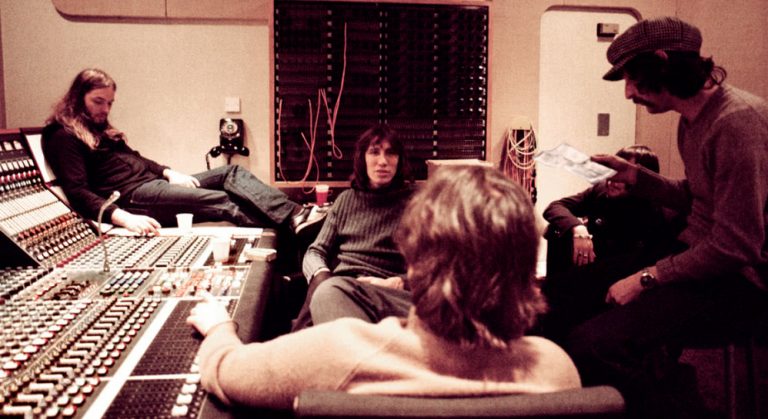Fifty years ago today, on September 12th, 1975, Pink Floyd released Wish You Were Here, their ninth studio album and the daunting follow-up to The Dark Side of the Moon.
Few records in rock history have been born under such pressure. Dark Side wasn’t just a hit, it was a phenomenon, spending more than 14 years on the Billboard charts and catapulting the band to global fame.
The question was simple, yet complex: how do you follow up perfection?
The answer, as it turned out, was an album rooted in absence, disillusionment, and tribute.

At the heart of Wish You Were Here lies the ghost of Syd Barrett, Pink Floyd’s founding guitarist and songwriter. Barrett had left the band in 1968 due to mental health struggles, but his presence haunted the group. The sprawling nine-part suite “Shine On You Crazy Diamond”, split across both sides of the record, is a direct homage to him.
Musically, the album expanded on the atmospheric textures of Dark Side, but with a colder, more industrial edge. Tracks like “Welcome to the Machine” and “Have a Cigar” took aim at the music industry’s cynicism, lacing Roger Waters’ biting lyrics with mechanical soundscapes and synthesizers. “Have a Cigar” also marked one of the rare occasions Pink Floyd brought in an outsider to sing: British folk-rocker Roy Harper delivered its sneering vocal, including the immortal line, “Which one’s Pink?”
Love Music?
Get your daily dose of metal, rock, indie, pop, and everything else in between.
Then there’s the title track. Built around David Gilmour’s delicate acoustic guitar, “Wish You Were Here” strips everything back to raw emotion. Its themes of longing and loss have made it one of the band’s most beloved songs, crossing generations and cementing its place as an anthem for anyone missing someone, in any context.
Reception at the time was mixed. Some critics felt the album was too bleak or inward compared to Dark Side. But fans responded instantly, sending it to No. 1 in both the UK and US. In the decades since, its reputation has only grown. Today, it’s considered one of Pink Floyd’s masterpieces, often mentioned in the same breath as Dark Side and The Wall.
Wish You Were Here was also a turning point. It remains the last Pink Floyd album where all four members — Gilmour, Waters, Richard Wright, and Nick Mason — worked in relative balance. Afterward, Waters would increasingly dominate the band’s direction.
Half a century later, Wish You Were Here still resonates. And, while rumours of a December anniversary release abound, its themes of absence, alienation, and the clash between art and commerce feels as relevant now as they did in 1975: proof that Pink Floyd did, in fact, find the “perfect” way to follow up perfection.

































